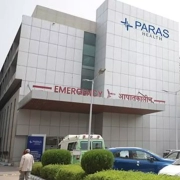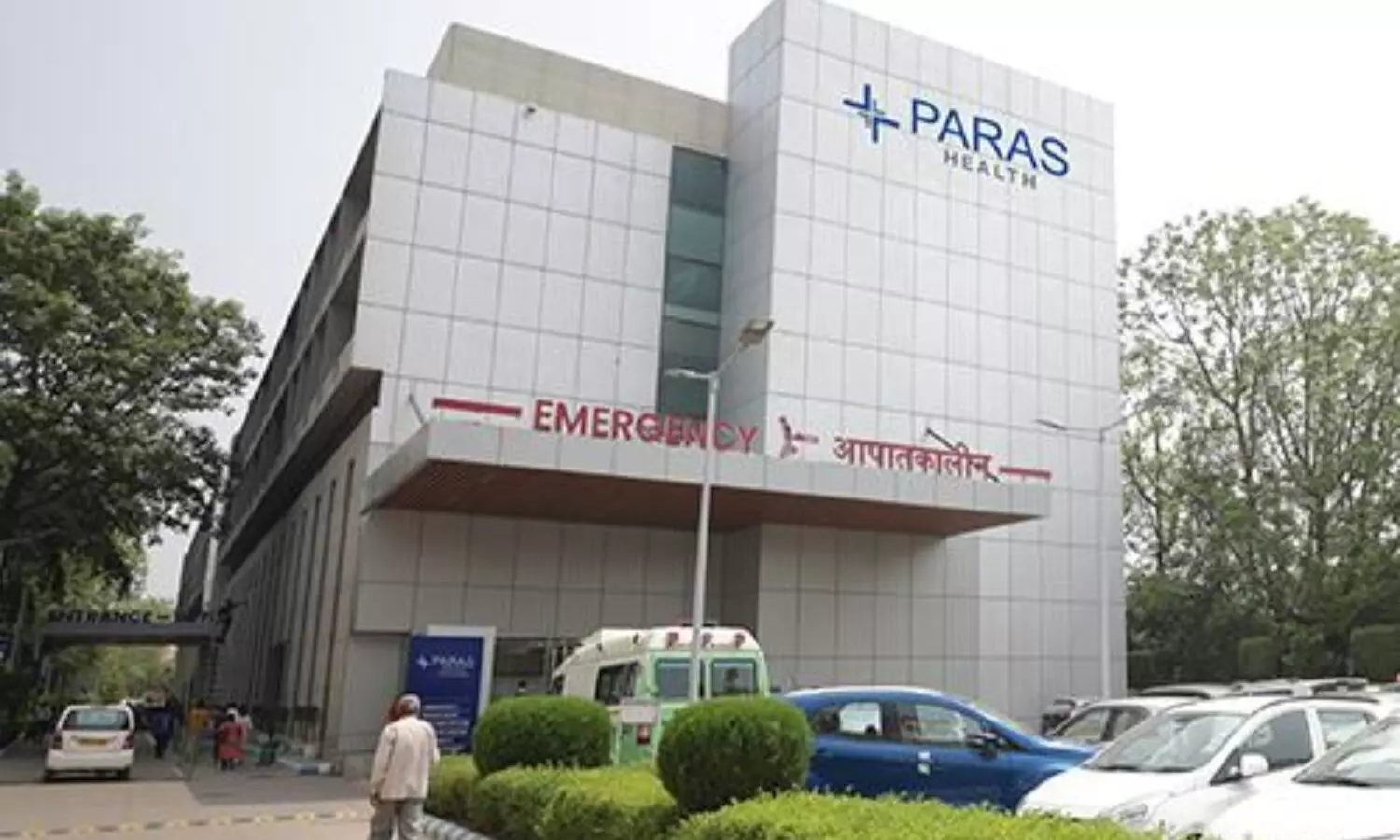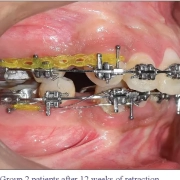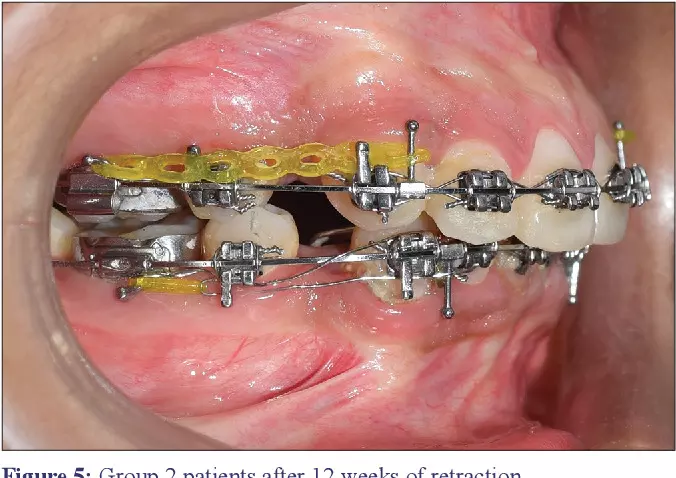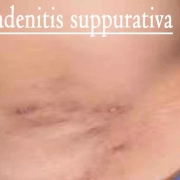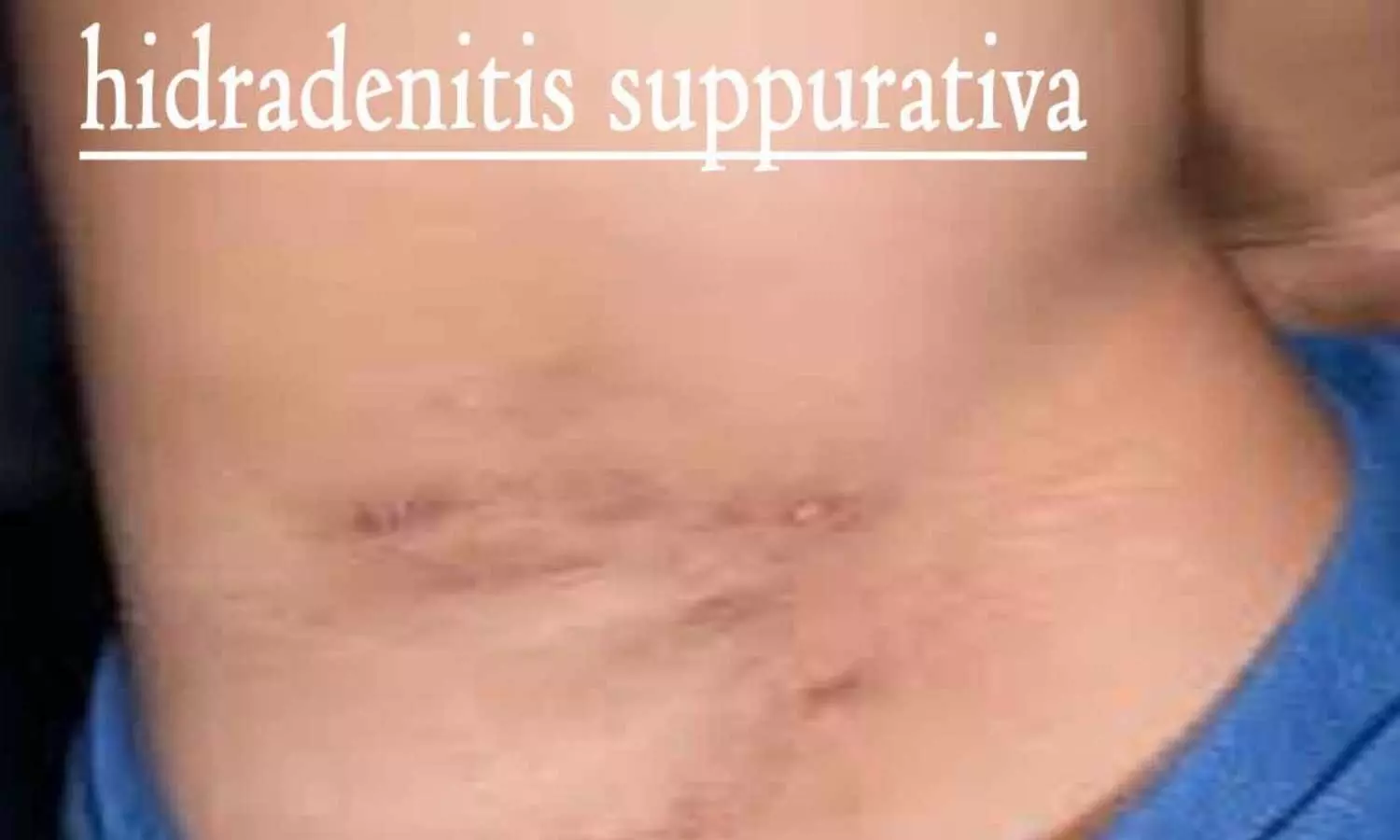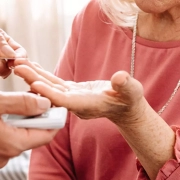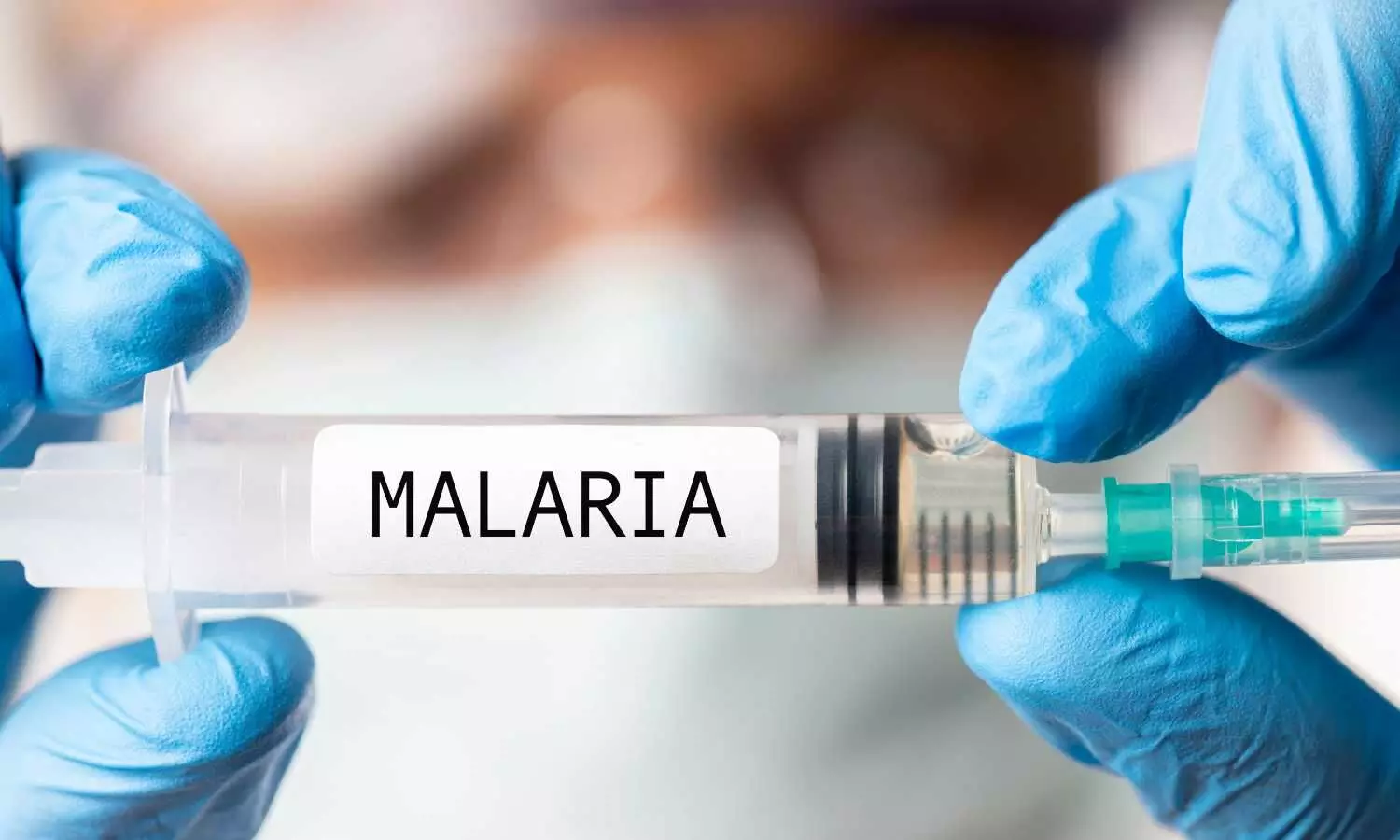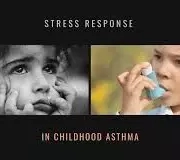Maternal stressful life events during pregnancy may increase risk of childhood asthma and wheeze suggests a new study published in the Annals of Allergy, Asthma & Immunology.
Studies have linked prenatal maternal psychosocial stress to childhood wheeze/asthma but have rarely investigated factors that may mitigate risks.
A study was done to investigate associations between prenatal stress and childhood wheeze/asthma, examining factors that may modify stress effects.
Participants included 2056 mother-child dyads from ECHO PATHWAYS, a consortium of three prospective pregnancy cohorts (CANDLE, TIDES, and GAPPS) from six cities. Maternal stressful life events experienced during pregnancy (PSLEs) were reported using the Pregnancy Risk Assessment Monitoring System SLE questionnaire. Parents reported child wheeze/asthma outcomes at age 4-6 years using standardized questionnaires. We defined outcomes as ever asthma, current wheeze, current asthma, and strict asthma. We used modified Poisson regression with robust standard errors to estimate risk ratios (RR) and 95% confidence intervals (95%CI) per one-unit increase in PSLE, adjusting for confounders. We examined effect modification by child sex, maternal history of asthma, maternal childhood traumatic life events, neighborhood-level resources, and breastfeeding.
Results
Overall, we observed significantly elevated risk for current wheeze with increasing PSLE (RR:1.09 (95%CI:1.03,1.14)), but not for other outcomes. We observed significant effect modification by child sex for strict asthma (p-interaction=0.03), where risks were elevated in boys (RR:1.10 (95%CI:1.02,1.19)) but not girls. For all other outcomes, risks were significantly elevated in boys and not girls, although there was not statistically significant evidence of effect modification. We observed no evidence of effect modification by other factors (p-interactions>0.05).
Risk of adverse childhood respiratory outcomes is higher with increasing maternal PSLEs, particularly in boys.
Reference:
Margaret A. Adgent, Erin Buth, Amanda Noroña-Zhou, Adam A. Szpiro, Christine T. Loftus, Paul E. Moore, Rosalind J. Wright, Emily S. Barrett, Kaja Z. LeWinn, Qi Zhao, Ruby Nguyen, Catherine J. Karr, Nicole R. Bush, Kecia N. Carroll. Maternal stressful life events during pregnancy and childhood asthma and wheeze,
Annals of Allergy, Asthma & Immunology,
2023, ISSN 1081-1206, https://doi.org/10.1016/j.anai.2023.12.015.
(https://www.sciencedirect.com/science/article/pii/S1081120623014989)
Keywords:
Maternal, stressful, life, events, during, pregnancy, may, increase, risk, childhood, asthma, wheeze, Annals of Allergy, Asthma & Immunology, asthma; wheeze; pediatric; prenatal; stress; DOHaD; trauma; breastfeeding; sex; maternal, Margaret A. Adgent, Erin Buth, Amanda Noroña-Zhou, Adam A. Szpiro, Christine T. Loftus, Paul E. Moore, Rosalind J. Wright, Emily S. Barrett, Kaja Z. LeWinn, Qi Zhao, Ruby Nguyen, Catherine J. Karr, Nicole R. Bush, Kecia N. Carroll



